#sea lily
Explore tagged Tumblr posts
Photo
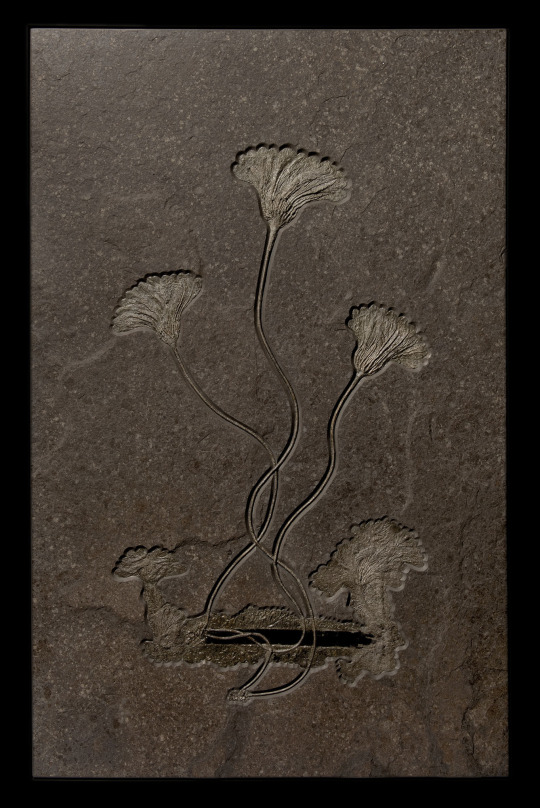
Sea Lily (Crinoid) fossil (Seirocrinus subangularis) - Holzmaden, Germany - Jurassic (248-146 million years ago)
5K notes
·
View notes
Note
ooh… how about an anthro comb jelly? or maybe a parasitoid wasp
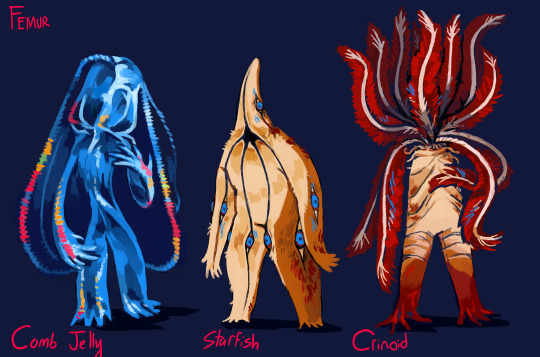
A couple people suggested some marine inverts so here they are :^)
Not even sure these count as anthros at this point LOL but thats ok
#femurs art#sfw furry#furry art#comb jelly#starfish#crinoid#all of these are not species specific and rather are just a mix of different species from their group#i normally would not give an anthro like this eyes but when i was a kid i used to draw starfish anthros with eyes on their arms cause i-#learned that they sense thing through their arms and was like woah. i want to. draw that#and that specific design choice is now just etched into my mind i have such a soft spot for it#these were very interesting to figure out thank you everyone for giving me a challenge LOL#sea lily
262 notes
·
View notes
Text
#Paleostream 14/09/2024
here's today's #Paleostream sketches!!!
today we drew Cameroceras, Thalassotitan, Ctenosauriscus, and Saltopus. not my strongest recent flocking im ngl, very happy with the Thalassotitan though




#Paleostream#paleoart#paleontology#digital art#artists on tumblr#digital artwork#palaeoart#digital illustration#sciart#id in alt text#cephalopod#Cameroceras#crinoid#sea lily#marine reptile#mosasaur#mosasaurid#Thalassotitan#turtle#sea turtle#archosaur#triassic#archosaurs#Ctenosauriscus#Saltopus#paleoblr#palaeoblr#sketch#sketches
148 notes
·
View notes
Text

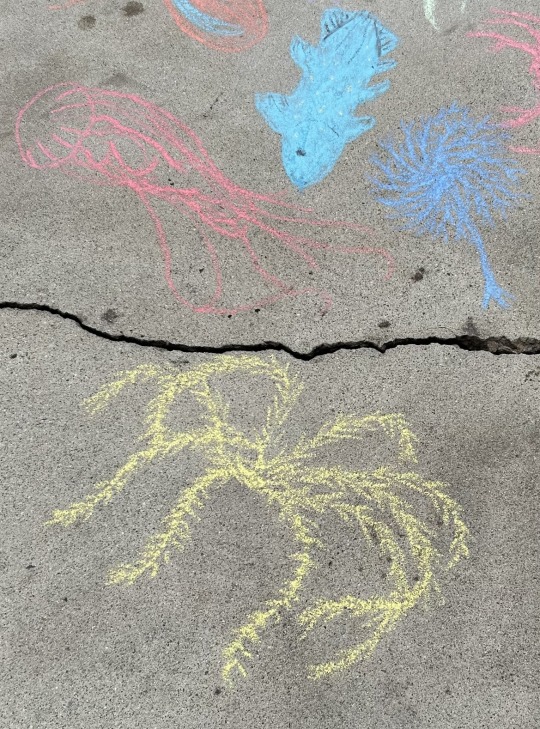
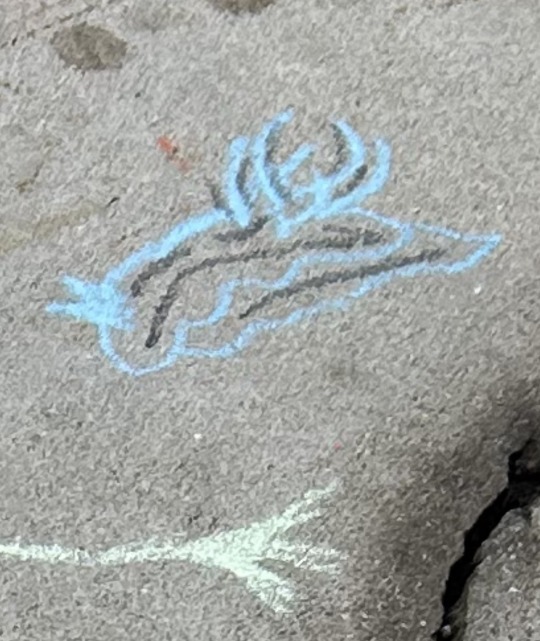
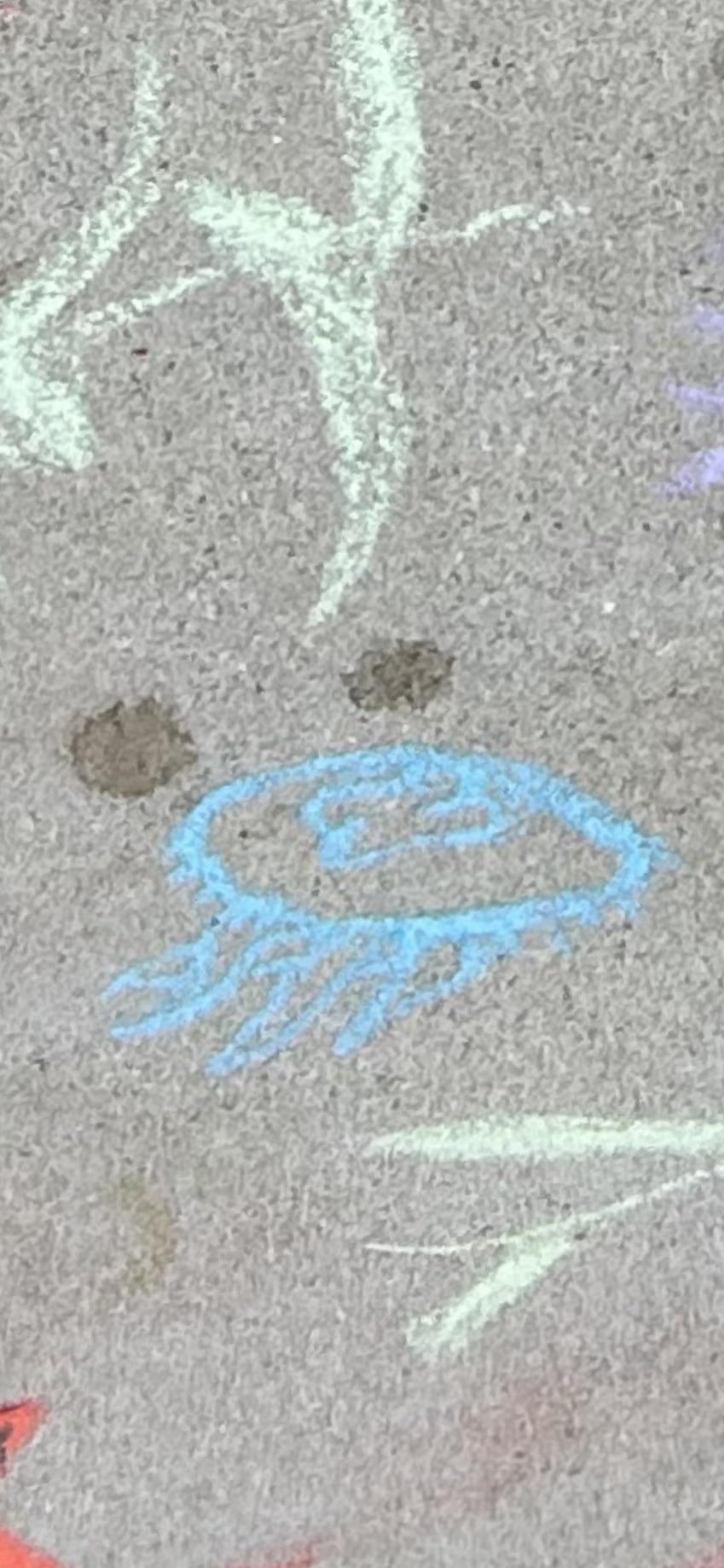
#epaulette shark#sea nettle#jellyfish#coelacanth#sea lily#feather star#chromodoris#nudibranch#moon jelly#ocean#art#chalk art#drawing
586 notes
·
View notes
Photo
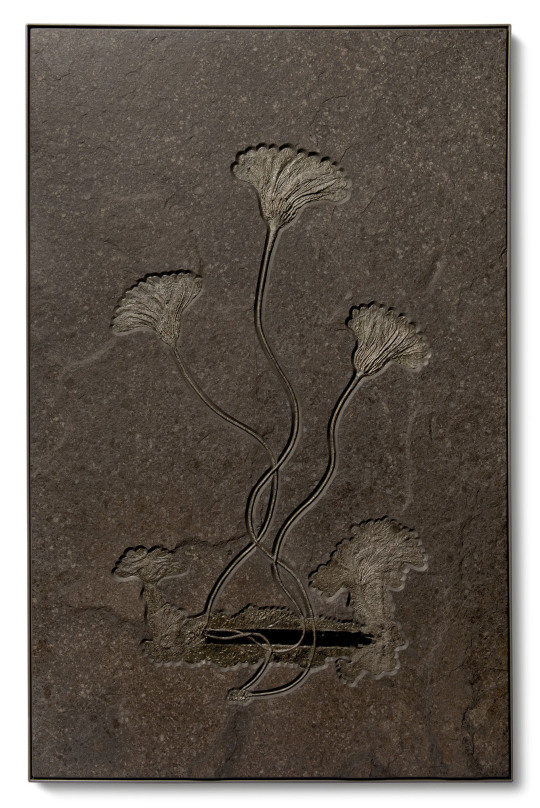
Fossil Sea Lily Plaque, From the Jurassic (248 - 146 million years ago),
Holzmaden, Germany,
The multiple specimens of Seirocrinus subangularis displaying fine detail and elegantly positioned in the slate matrix, displaying the fossilised flotsam wood to which they would have been anchored in life, the crown of the largest specimen measuring 11 inches, the matrix cut square to form large plaque, in metal frame.
66 x 42 x 21⁄2in. (167.5 x 106.5 x 6.5cm.)
Courtesy: Christie’s
#art#fossil#sea lily#lilie#germany#jurassic#holzmaden#seirocrinus subangularis#matrix#history#christie's
833 notes
·
View notes
Text

The pixel artist Neorice (https://x.com/neoriceisgood) has made a huge collection of marine life. I emailed him a while back asking if I could upload some of my favourites to my tumblr blog (crediting him of course), and he said I could.
#pixel art#belted kingfisher#fish#giant isopod#giant squid#vampire squid#giant oarfish#barreleye#anglerfish#mahi mahi#ferns#coelacanth#arapaima#hagfish#sockeye salmon#alligator gar#sturgeon#tripod fish#otters#sea lily#ammonite#lamprey#horseshoe crab#pelican eel#conger eel#porpoise#seal#snipe eel#paddlefish#pyjama shark
55 notes
·
View notes
Text
It's too bad Halloween was yesterday because I would have done a Wet Beast Wednesday on something creepy, like the tongue-biting isopod. It's not though, so so I'm dipping my toes into echinoderm science and talking about crinoids. While crinoids are the least famous echinoderms, being overshadowed by their relatives the starfish, sea urchins, and sea cucumbers, they are extremely well-represented in the fossil record. We know of far more extinct crinoid species than living ones.
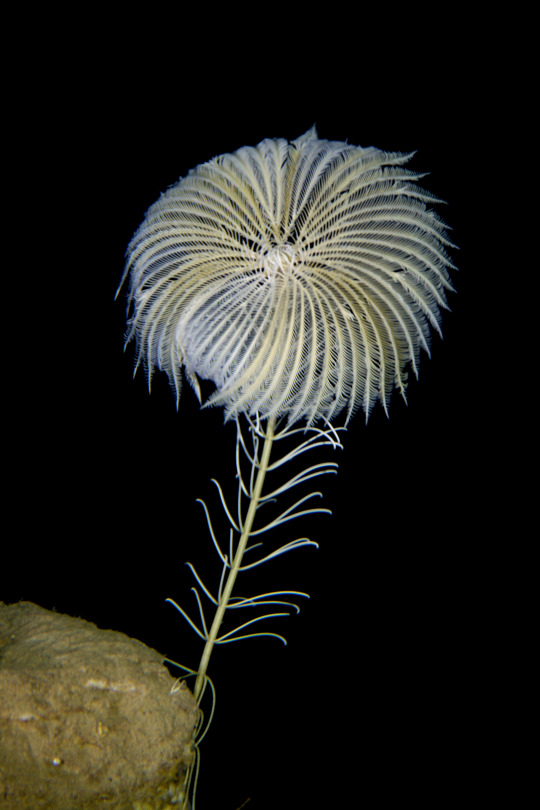
(imag id: a crinoid attached to a rock. It is a long, slender stalk with multiple threadlike protrusions emerging from it. At the top is a crown that looks like a flower composed of feathery appendages. It is while all over)
As with all echinoderms, crinoids are bilaterally symmetrical as larvae for become radially symmetrical while adults. It is hypothesized that the ancestor of all echinoderms was a bilaterally symmetrical animal that evolved to become radially symmetrical as adults. This places echinoderms in the same clade as all other bilaterally symmetrical animals, including mollusks, arthropods, most worms, and all vertebrates. You are more closely related to a starfish than a starfish is to a jellyfish. Crinoids are one of those animals like anemones that look more like flowers than animals, which is why they're also called sea lilies. A typical juvenile crinoid consists of a stalk with a holdfast on one end and crown on the other. The stalk is segmented and made of porous calcified material called ossicles, which are attached to each other by discs. This is the part of a crinoid that fossilizes most easily and a great many crinoid fossils are only known from their stems. The holdfast is a root-like structure that attaches the crinoid to a substrate. Crinoids that attach to a hard surface have a branching holdfast to grip on while crinoids that attach to sediment have a thick, stalk-like holdfast that penetrates into the substrate like a tree's taproot. The crown is the part that looks like a flower and consists of two parts: the theca/calyx/arboral cup and the rays. The theca is shaped like a cup and has a mouth in the center. The mouth connects to a simple u-shaped gut that leads to an anus near the mouth. The rays are analogous to the arms of a starfish. All echinoderms have 5 symmetrical body segments and crinoids have five rays, though they usually branch after emerging from the theca, resulting in up to a few hundred total rays. The rays are segmented like the stalk and can curl up. Crinoids will curl up their arms and pull them in to protect them. The rays are used in feeding. Crinoids are passive suspension feeders that wait for plankton and organic particles to be carried into the rays by the current. Each ray is covered by flexible appendages called pinnules that give the rays a feathery appearance. Each pinnule is covered by tube feet that are coated in sticky mucus. When a food particle hits the tube feet, they grab on and transfer it to the center of the ray, which contains a canal called the ambulacral groove. The groove is filled with cilia that carry the food particle down to the mouth. All crinoids take this form during their juvenile phase, but only a few modern species retain it for their entire lives. Most modern species will shift into an adult form where the stalk falls off and the theca becomes free-swimming. These are often called feather stars. Both stalked crinoids and feather stars can use their rays to pull themselves along the substrate, but feather stars can also wave their rays around to swim. Swimming allows feather stars to more readily avoid danger and become more active in their attempts to catch food.

(image: a diagram of crinoid anatomy. source)
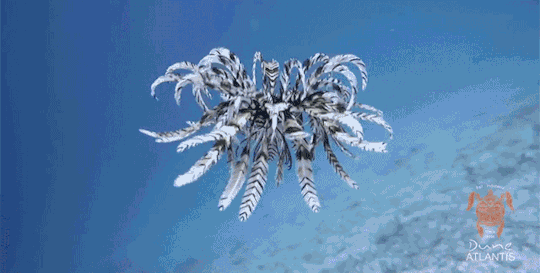
(gif id: a feather star swimming. It looks like a bunch of black-and-white striped feathers attached to a central disc. The arms are undulating, propelling the feather star through the water)
Crinoids are dioecious, meaning individuals are either male or female. In most species, the gonads are in the pinnules closest to the theca. The gonads actually swell up and cause the pinnules to burst and release the gametes. Different species have different strategies. In some, both sperm and eggs will be released into the water column. In others, only the males broadcast sperm which the females use to fertilize their eggs. The eggs are withheld by the mother, either by gluing them to her arms or incubated in sacs on the arms. The larvae, called vitellaria, are free-swimming and bilaterally symmetrical. They will swim for a few days before dropping to the substrate and attaching. They then metamorphose into juveniles.

(image: a diagram showing a crinoid progressing through multiple developmental stages from fertilized egg to larva. source)
The fossil history of crinoids dates back to the Ordovician period (485-444 million years ago), the period between the Cambrian and Silurian. While echinoderms and even stalked echinoderms existed during the Cambrian, the oldest definitive crinoid fossils are Ordovician and it's unclear which extinct group that crinoids evolved from. For over two hundred million years, crinoids were extremely diverse and were dominant sessile filter feeders, beating out anemones and corals. The mass extinction at the end of the Permian dealt a major blow to crinoids that they never recovered from, causing them to lose their dominance and become much less morphologically diverse. The Permian mass extinction is a fascinating period of history as it was the single greatest mass extinction in the history of Earth. The early Triassic saw a mass adaptation to more flexible and motile body plans in response to increased predation. It's not clear when feather stars entered the picture, though they may have come about due to predation in the Triassic. Some extinct crinoids had different survival strategies than modern ones. The genus Pentacrinites attached themselves to driftwood and floated through the open ocean. They would have been like floating islands of diversity moving through the oceans with lots of other animals following for food and shelter. A fact that gets passed around a lot is that the largest fossil crinoid ever found (Taxocrinus saratogensis) was 40 meters (130 ft) long. That isn't true and seems to stem from a misprint. It was actually 40 ft (12.2 m) long, which is still fucking enormous. Crinoids today don't get anywhere near as large as extinct ones could. Fossil crinoids measuring many meters in stem length are well documented while ones alive today never even reach a meter long. Crinoid fossils are extremely common and can be used to provide relative dates to nearby fossils. In some places, enough crinoid parts fossilized near each other that they became clustered together in sedimentary rocks called encrinites.

(image id: a fossil imprint of many crinoids attached to a piece of driftwood. The imprints ore in a flat, tan rock. The driftwood imprint looks like a long, dark blob. The crinoids have long, curved, and overlapping stems and fan-like crowns at the top. Fossil found at the Houston Museum of Natural Science)
#wet beast wednesday#crinoid#sea lily#feather star#echinoderm#paleontology#marine biology#biology#zoology#ecology#invertebrate
163 notes
·
View notes
Text
Phylum #6: Echinodermata!

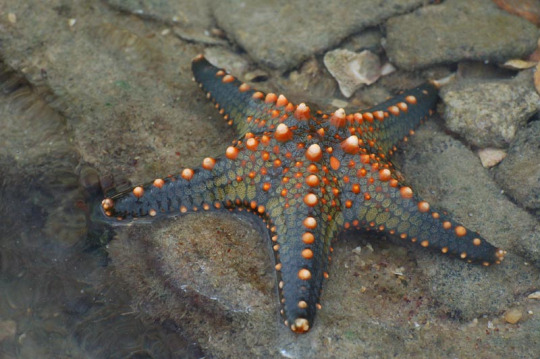
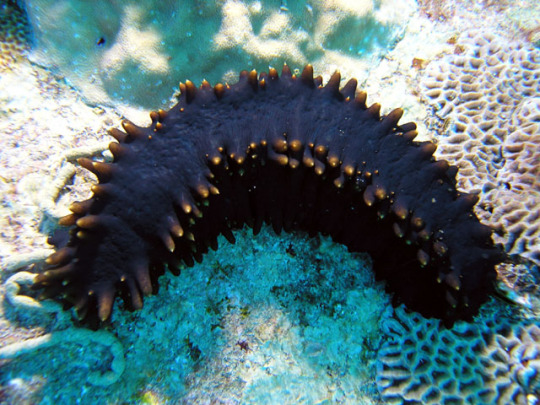
Starfish! And sea urchins, sea cucumbers and other little creatures! All of them are united by having a hard skeleton made of tiny elements called ossicles. They also have hundreds of little tube feet, powered by a entirely water pressure-based vascular system!
They're also pretty unique among bilaterians for having switched their usual bilateral symmetry for a five-way one (yes, urchins have a five-pointed star under their spikes!). Even weirder, some of them like sand dollars and sea cucumbers switched again, and got their bilateral symmetry back!
Most echinoderms are pretty familiar, but some can take on pretty unique shapes. Crinoids are filter-feeders shaped like large feathered tufts - some fixed on a stalk, while other can walk or even swim by themselves, undulating through the ocean. Until the Jurassic, reefs and rafts of crinoids floating on driftwood were extremely common, at the heart of most marine ecosystems!
Sea cucumbers are also known to exhibit quite interesting forms among echinoderms, with Pelagothuria being nearly jellyfish-like in appearance!


#forms and phyla#echinodermata#starfish#brittle star#sea urchin#sea cucumber#sea lily#crinoid#sea life#sea creatures#marine life#marine biology
265 notes
·
View notes
Text
Now here are the finished pendants, available in toto:










#polymer clay#glow in the dark#fossils#pendants#invertibrates#ammonite#orthoceras#argonaut#crinoid#trilobite#fairy coin#sea lily#arthropod#mollusk
23 notes
·
View notes
Text

[oc] ❄️buon natale from il fiore and the sea lily cast! 🎄
i'm actually posting something on time for once. here's this year's christmas card featuring the main cast for my project that'll hopefully debut next year, Sea Lily! i desperately needed to go with something simpler design-wise this year and it actually doubled as a style test! i'm quite happy with the outcome and think it was very successful.
#oc#ocs#original character#original characters#digital art#artists on tumblr#human art#fantasy#original art#captain#sailor#angel#guardian angel#humanoid#winter#holiday season#holiday#holiday card#christmas card#oc: alistair#oc: sturgeon#xredmoonart#sea lily#original comic
9 notes
·
View notes
Text


Cradily, the Barnacle Pokémon
#pokemon#fossil pokemon#pokemon tcg#tcg#prehistoric#paleoart#digital art#limited palette#my art#sea lily#cradily#pokemon ruby and sapphire#pokemon emerald
105 notes
·
View notes
Text

Sea Lilies - Veiled Sea
Endless Ocean Luminous, Nintendo Switch
i wasn't expecting to run into these little guys in a small abyss area i came across! i love them irl... and i love them here too! really bring a pop of colour to an otherwise same-y area~
(ik the game doesn't let you interact with them, but i'm still gonna tag this as a new creature :P)
#endless ocean#endlessocean#endless ocean 3#endless ocean luminous#endlessoceanphotos#nintendo switch#sea lily#luminous new creature
17 notes
·
View notes
Text

Sea friends house party 🐟🐠
#character art#art#oc#character design#deep sea creatures#furry art#fish furry#stingray#sea angel#sea creatures#crinoid#sea lily
15 notes
·
View notes
Text

Today's Vocaloid derivative of the day is:
Hatsune Miku: Sea Lily from Tale of the Deep Sea Lily in Project DIVA!
19 notes
·
View notes
Text

100 Days of Sea Creatures Day 70 - Elegant Squat Lobster (Allogalathea elegans)
#artists on tumblr#artists on instagram#drawing challenge#sea creature art#drawing daily#sea creatures#squat lobster#sea lily#crinoid#marine invertebrates
4 notes
·
View notes
Text
youtube
crinoids are one of my favorite animals right now .
2 notes
·
View notes